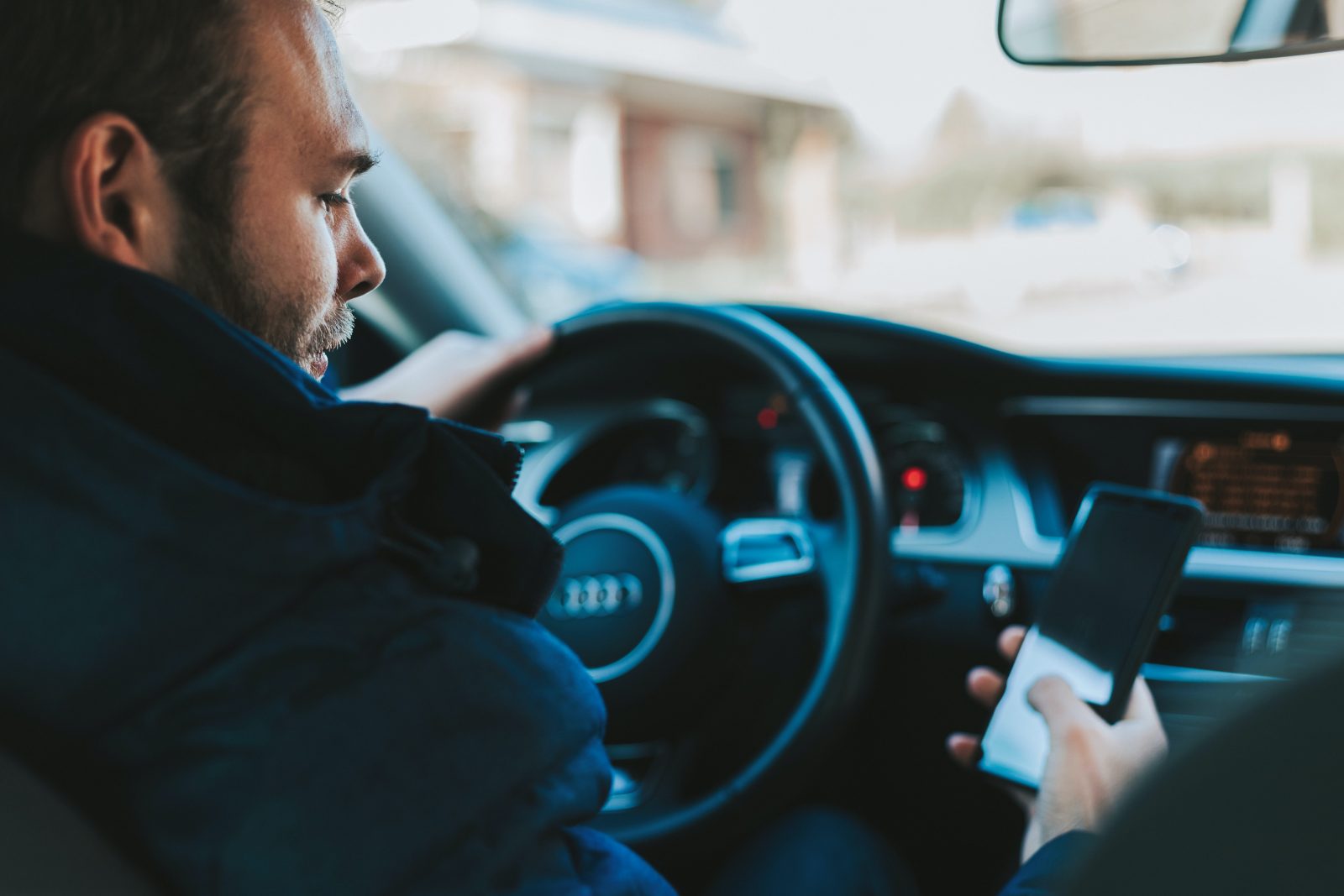Parents, Teach Safety!

by Anna Cannon
Every day, there is another story about something that could pose a threat to your children. The news is rife with accounts of the risks that await in the world. It can get to the point that it seems like danger is lurking around every corner. However, teaching your children to stay safe doesn’t have to be a Herculean task, and can make the world’s threats seem a little less menacing.
Stephen Gass retired from the Texarkana police force after many years of service, and is now the chief of police at Texarkana College and an assistant professor of criminal justice. He is also a father, and has firsthand experience with children’s safety both in the field and at home.
As soon as children become mature enough to understand, parents should start to teach them about police and how to stay safe in public.
“One of the things that can cause a problem is when a family is out and the child misbehaves, and the parents refer to a police officer and says, ‘If you misbehave, he’s going to come arrest you,’” Gass said. “That has a tendency to make some children think that if they get lost, they’re going to be in trouble, and they’re not going to go to an officer. They’re not going to be comfortable around the officer because they think they’re going to be in trouble. Parents need to explain to their children that the officers are there to help them and will help them get home if they’re lost, and that they’re a resource for the child.”
Have your child memorize your contact information so an adult can get in touch with you if he/she is lost. If your child isn’t able to get the hang of memorizing yet, another option is to put information inside your child’s shirt with iron-on patches, which are available at Amazon.
Car safety is pretty straightforward; young children should never be left alone in a car, even if the car is running, as curious toddlers could investigate the rest of the car and cause damage to themselves or the upholstery. Proper car seats are crucial for every age. Infants and toddlers should ride in a rear-facing seat until they have reached the weight or height limit, which usually happens around age two. Toddlers and preschoolers should use a forward-facing seat with a harness, and older children should use a booster seat until they have reached 4 feet 9 inches. And even if they’re wearing a seatbelt, be sure to make sure they’re wearing it right–seatbelts worn incorrectly can cause more harm than good.
“I see a lot of kids that are maybe seat belted in, but their parents didn’t make them wear it across their chest,” Gass said. “If it’s not worn properly then it could not function properly and actually hurt the child.”
Teaching your child to dial 911 is a fine art. They need to know what counts as an emergency–otherwise, you might end up with some rather disgruntled police officers at your house if you leave the phone within arm’s reach.
“Parents need to refer to it as nine-one-one and not nine-eleven,” Gass said. “Teach them to call if there’s a fire, if an adult that they’re with falls and they’re not able to get them up, if they’re lost from their parents, any type of severe injury, or if their parents ask them to. Children need to learn that once they dial 911, they need to stay on the phone and talk to the operator, not to hang up. Once they dial 911 the operator is going to stay on and ask them questions as far as their address and their name, and they need to stay on there until the police arrive.”
When children enter elementary school and start to become more independent, they often learn the concept of ‘stranger danger’ at school. Stranger danger definitely has its merits; it teaches children to never get into a vehicle with a random person, take food from the shifty guy on the corner or follow when the man in the trench coat says, “Do you want to pet my dog?” However, research has shown that stranger danger can put kids at a disadvantage. According to the Child Rescue Network, 93 percent of children who are victimized know their attacker in some way, and the idea that strangers are the only ones who can hurt them can leave children more defenseless than they were before. Saying things like, “Never talk to strangers,” can cause children to not reach out to other adults if they are lost or need help. Instead of lumping together all strangers as predators, teach them which adults are safe. Police officers, store clerks with uniforms and nametags, teachers or families with other children are usually safe bets.
Even though kids should never get in a car with someone they don’t know very well without their parent’s permission, emergencies do happen, and it might be necessary to send someone to pick up your child from school or daycare. Just in case, create a family code word and tell it to the person who has to pick up your child. Teach your children to ask for the code word and only get into the car with this person if they tell them the right word. Afterwards, be sure to come up with a new word so someone won’t overhear and use it again. This same strategy can be used when your kids get older and start going to parties and sleepovers. If they’re uncomfortable at any point and don’t want to let their friends know, they can call or text you this code word so that you can come pick them up.
If kids have to walk home from school, there’s more to teach than just basic safety strategies. Texas law states that if a sidewalk is available and accessible, a pedestrian is not allowed to walk in the roadway unless they are crossing the street. If a sidewalk is not available, they must walk facing oncoming traffic. This way, it is easier for the cars and the pedestrians to see each other coming.
“Always make sure that if you’re walking home from school, you’re walking home with at least one other friend,” Gass said. “Don’t walk out after dark by themselves, stay on major roadways, don’t take shortcuts through people’s yards or vacant lots.”
Bicycles fall under specific laws as well. Bikes must follow the same laws that cars do, including stopping at stop signs, using hand signals before turning, yielding to pedestrians in crosswalks and going the right way on one-way streets. If a bike lane is present, they must stay in this lane. If there is not a bike lane, ride as closely to the curb as practicable and stay away from fast, busy roadways.
When kids get their first phones, it’s important to teach them how to handle them, and that includes more than ‘don’t drop it’ and ‘don’t get it wet.’
“Teenagers never need to leave their phone with someone else,” Gass said. “If they do have a cell phone, they need to keep it with them at all times. That way nobody’s getting their information off of it or using their phone to send or receive anything that’s inappropriate.”
Social media is an entirely different animal. In a place where personal information is only a click away, it’s important to educate your kids about potential cyber safety threats. It’s tempting to tell your Facebook friends about the cool vacation you’re about to leave for or the nice new laptop you got for Christmas. But how many of us personally know all of our Facebook friends and Instagram followers? Probably not many, so it’s best to keep most personal information off of the Internet.
Today, Internet friendships are becoming more common, and many teenagers are meeting their Internet friends in real life. However, it’s probably not a good idea to let your child meet up with anyone they have met online. It’s easy to omit information over text, Snapchat and FaceTime, especially when this person might live halfway across the country.
For many parents, it seems like there’s nothing more nerve-racking than teaching their teenagers to drive for the first time. One of the most important things to do is spend a lot of time teaching from the passenger seat. And try not to grip the armrest too hard when they slam the brakes.
Before teens head out on their own, be sure to go over basic maintenance: how to change a tire, how to jump start a battery and anything else that could keep them from being stuck on the side of the road for too long. Go over motor vehicle laws in detail–there are many that apply specifically to teen drivers. Texarkana has citywide curfews for drivers under 18; on Sundays through Thursdays, they cannot be out past 11:00 pm, and on Fridays and Saturdays, they cannot be out past midnight. This doesn’t just apply to heading home from a friend’s house or cruising State Line–being at a movie theater, business or restaurant past curfew could also be a cause for a citation. The only exceptions are work, school functions or emergencies. During the school day, no teen can be out between 9:00 am and 2:30 pm unless they are with a parent, have an emergency or other extenuating circumstances.
Other ways to play it safe are simple; stick to roads you’re accustomed to when you first start out, follow speed limits and hold your calls and texts for later. Texting while driving is now the leading cause of death among teenagers–approximately 3,000 die each year in texting-related accidents.
“Put the cell phone away,” Gass said. “No call or text is worth dying for–it will wait. Obey the speed limit. Driving 10 miles over the speed limit for 2 miles is only going to save you a few seconds of time, but really places a danger to your life.”
If your teen does get pulled over, they need to know the right way to do it. When they realize that they are being pulled over, they need to put on their hazard lights so the officer knows that they have been acknowledged. Slow down and find a safe place to park. If you’re on a highway, find a shoulder wide enough to accommodate.
In the past, there have been reports of ordinary people impersonating police officers in order to make money or victimize drivers.
“There are always stories of it,” Gass said. “I drive an unmarked police car myself, and have for many different assignments over my years in law enforcement. My recommendation has always been if someone is behind you and you’re not sure if they’re a police officer, turn on your flashers, slow down, immediately call 911 and let the operator know where you’re at and that there’s a vehicle behind you with lights on that you’re not sure is a police officer. If you’re not stopping, that officer should be calling in to the same operator saying, ‘I’ve got a car that’s not stopping for me.’ And that way if it is a true police officer, then the dispatcher can let you know, and also let that officer know you’re not trying to evade them, you’re just trying to make sure they’re an officer.”
When your teens are heading off to college, have a safety discussion again. Look on their college’s website for its Clery report, which details the reported crimes on and around campus. At college, as in any new place, don’t walk around on your own in places where you aren’t comfortable, and don’t walk alone at night. If possible, take some self-defense classes and visit the campus and town more than once.
Learning to stay safe can be overwhelming, and frankly, a little scary. It’s important to teach your children what they need to know, but not in a way that makes them scared of the whole world. Gauge your child’s maturity level and teach accordingly, using books, pamphlets or videos where you feel they would be beneficial. The world can be a scary place for children, but if they are prepared, it doesn’t have to be.









